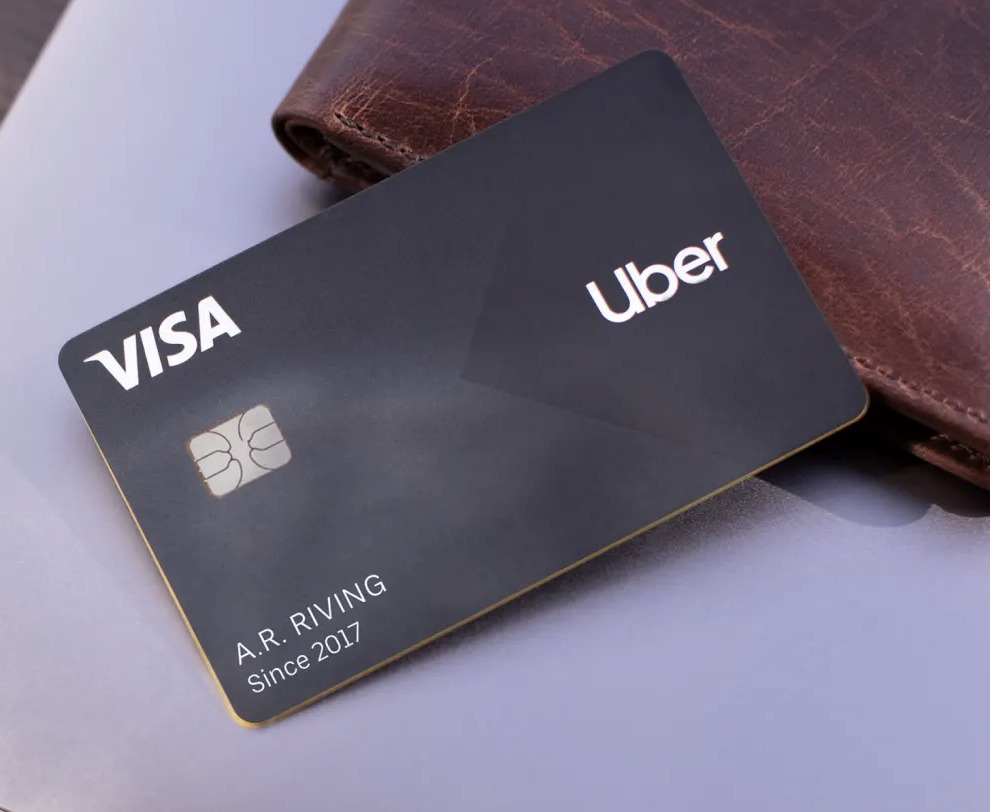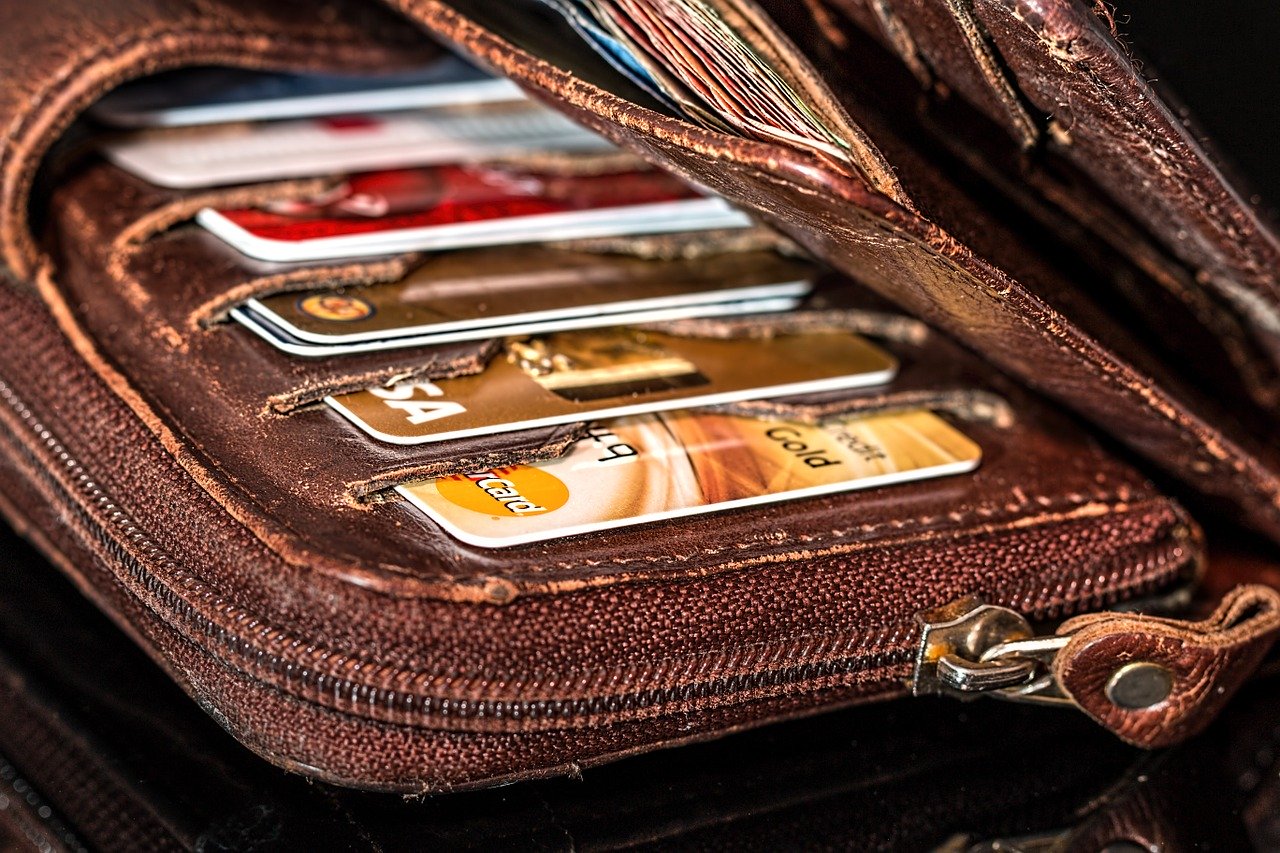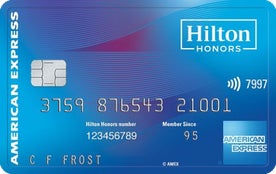The Uber Visa card from Barclays used to be the best cash back card for restaurant purchases, earning 4% back per dollar spent. It famously beat the Capital One Savor, which was supposed to be the best cash back card for foodies, but only earned 3% cash back at restaurants. Competition was so fierce that Capital One felt they needed to introduce another version of the Savor that did earn 4% at restaurants, but it still didn’t beat Uber since it had an annual fee, where as the Uber card doesn’t. Well that time has come to an end….
Uber has made some big changes to their credit card, that actually do make sense, since they make the card a lot more related to Uber. However if you got the Uber card for its restaurant bonus category, you will be disappointed. That 4% is dropping to 3% and you will be earning Uber Cash that can only be redeemed for Uber services, not actual cash back. Here is a list of the full benefits changes…
Old Bonus Categories
- 4% back on dining, including restaurants, bars, & UberEATS
- 3% back on hotels and airfare
- 2% back on online purchases, including Uber, online shopping, video, and music streaming services
- 1% back on everything else
New Bonus Categories
- 5% back on Uber, including UberEATS & JUMP Bike and Scooter rides
- 3% back on dining, hotels, and airfare
- 1% back on all other purchases
Redeeming Rewards
Rewards will now be in the form of Uber Cash which can be used to pay for Uber Rides, for Uber Eats and for JUMP Bike and Scooter rides. This will be a negative change for those who had the card simply for its high cash back earning rate on dining. But when combined with the 5% back on Uber purchases, will likely be a positive for those who actually had the card for its connection to Uber.
The card comes with a $100 Uber Cash sign up bonus for $500 spending in the first 90 days and keeps three key benefits from the old version of the card: no annual fee, no foreign transaction fees and $600 cell phone insurance.
Conclusion
These changes are basically what the Uber credit card should have been when it first launched, as in this new configuration it has a lot more of a connection to Uber. Think about it, which airline co-branded card earns cash back? None. They all earn their respective airline’s miles. So the Uber credit card, when it first came out, really was kind of a unicorn.
But maybe, like with the rest of Uber’s business model, that was their strategy, provide something so good that it scoops up market share, even though they are losing money on the product. But with Uber’s disastrous IPO this year the company may be under pressure to turn a profit, and giving a 5% rebate on the retail price of your own services definitely doesn’t cost Uber 5%, where as giving 4% actual cash back costs the company just that – 4%.
So although I would say these changes are bad, they do improve the card for Use with Uber, which should be why the majority of people are getting it. Meanwhile Capital One have to figure out what to do with their 4% earning Savor card…









